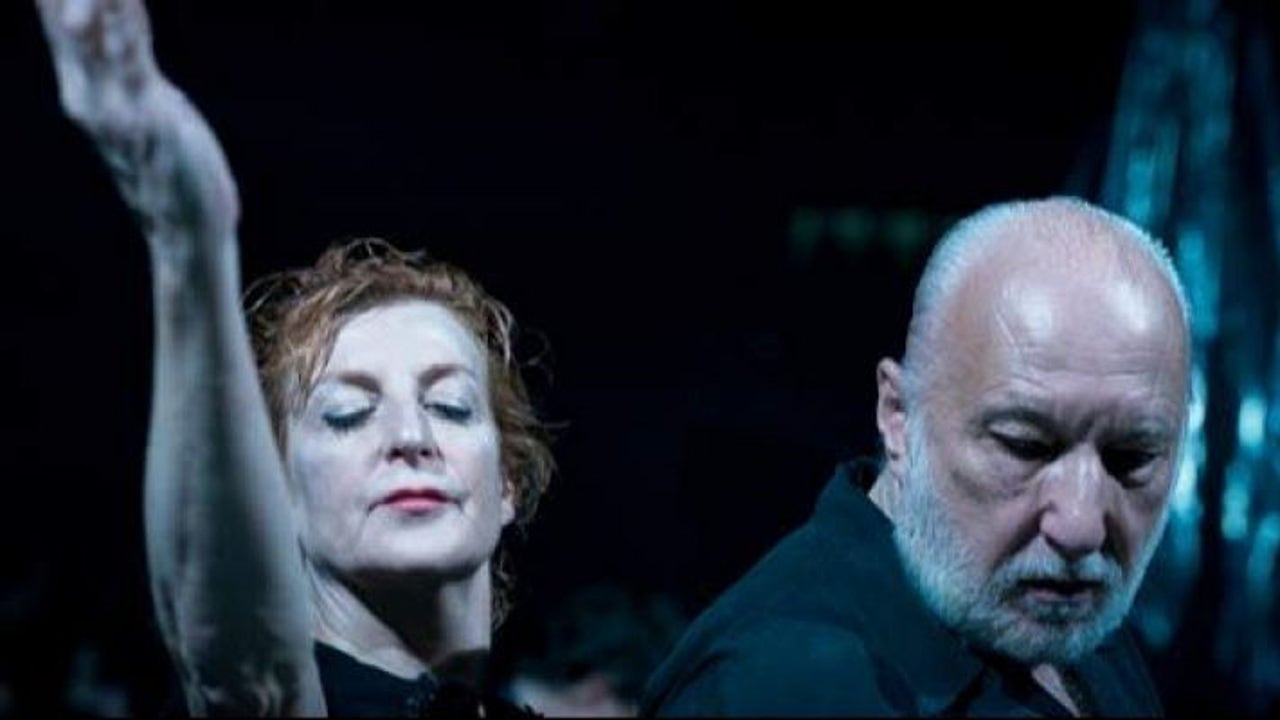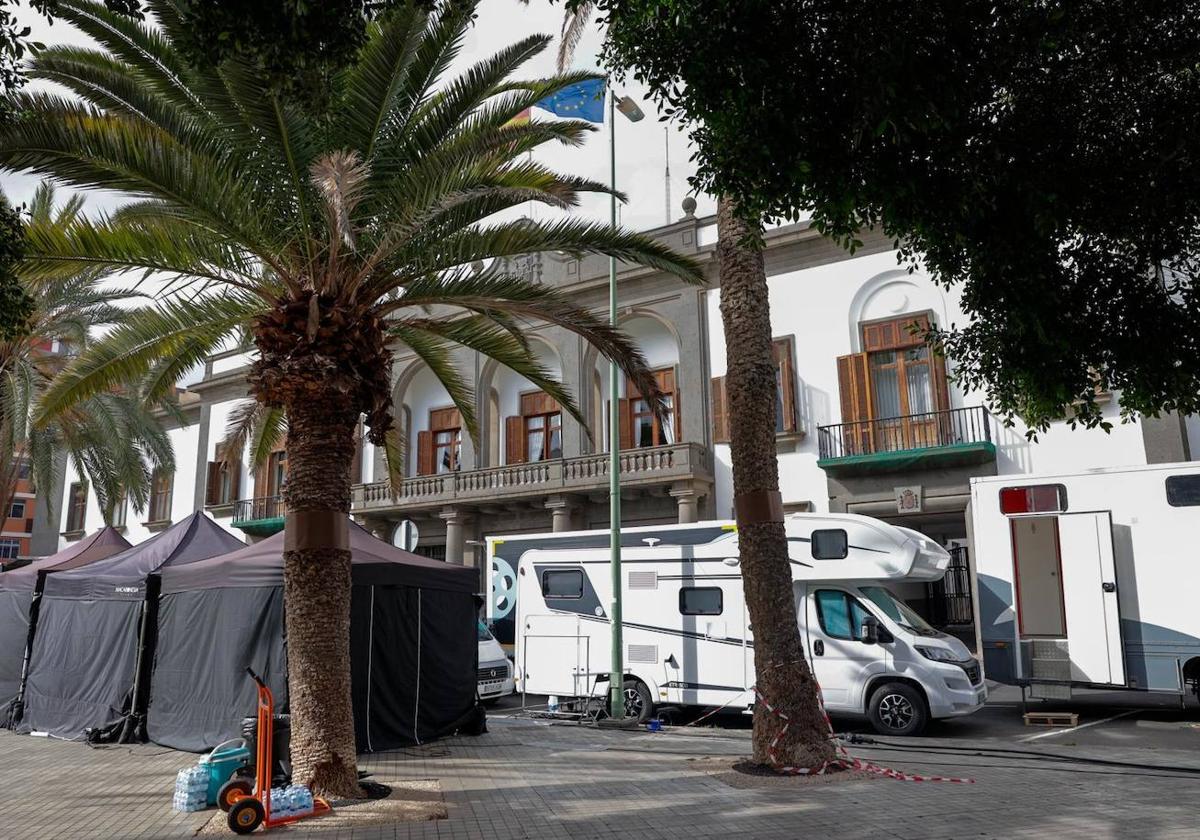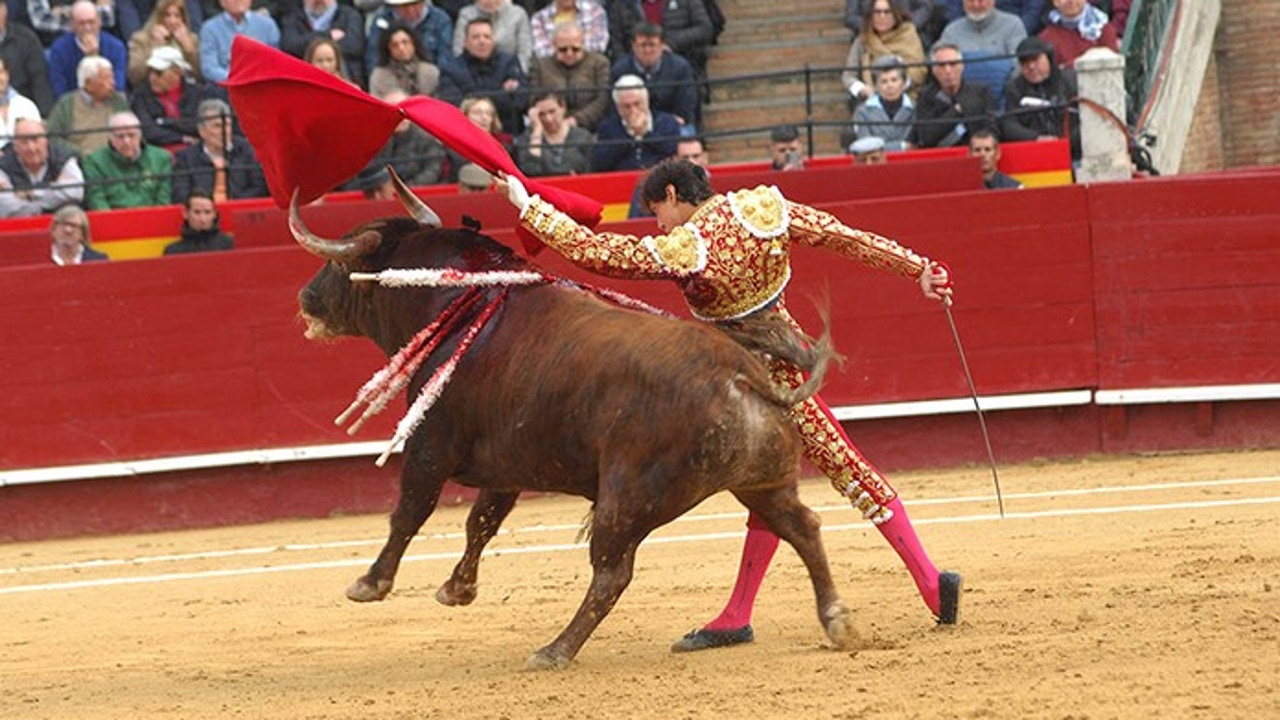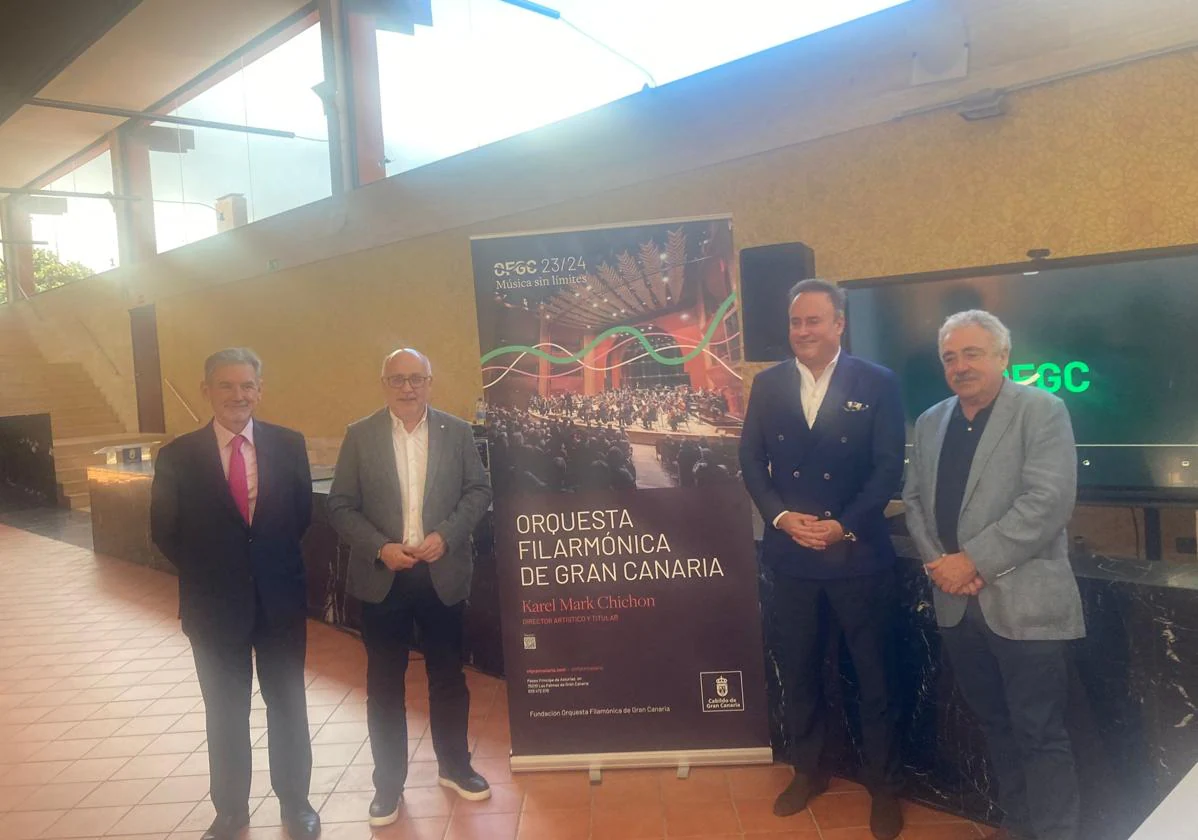Memories of exile in Toulouse

Four hundred and fifty thousand Spaniards crossed the border into France between February and May 1939. Of these, it is estimated that three hundred and fifty thousand were confined in concentration camps. Only in the Toulouse region there were a dozen of them. The city of southern France would become an important center for the Spanish exiles who established their home there and the focus of their operations for the resistance. From Toulouse, after the liberation, the Spanish communist guerrillas planned the failed Operation Reconquista of Spain in the Valley of Aran. And in Montauban, sixty kilometers away, Manuel Azana died and was buried almost two years after taking refuge in France after resigning in February of 39.
The library of the Instituto Cervantes de Toulouse, named after the president of the Second Republic, presented today at the Madrid headquarters a selection of 140 of the 1,400 documents that make up its Exile Fund. "This exhibition demonstrates the special importance that the Spanish exile had in the city of Toulouse and the dialogue of cultural civilization that was established between France and Spain during those years," says Luis García Montero, director of the Institute. Most of them are books and publications of a political nature, but also attempts to recover classics from Spanish literature, as well as texts of sexual education, ethics and even self-help. "It is impressive how in those conditions of difficulty these men and women were launched with unusual strength to do all kinds of publications," says Juan Pedro Basterrechea, director of the Institute in Toulouse.
The curator of the exhibition, Francisco Javier Campillo, in charge of the library Manuel Azaña, affirms that the chosen books "are significant of the intellectual legacy that the exiles wanted to transmit, like what was being silenced in Spain and that they wanted to spread in the community Spanish speaking in France. " Campillo divided the exhibition into 12 sections covering, among other topics, the relationship between Toulouse and Spain, the reality of the French concentration camps, the German occupation and the role of the Spaniards in the subsequent liberation.
In this sense, some documents of Albert Camus are present in the exhibition, of which Campillo assures that he maintained "a history of love with the Republic and republican exile". In fact, you can see the first issue published by the newspaper "Combat" when leaving the underground, in September 1944, of which the French author was editor in chief and whose editorial writes: "Spain has already paid the price of freedom . No one can doubt that this fierce people are willing to start over. But it is the allies who must spare him the blood of what is so prodigal and of which Europe should be so greedy, giving our Spanish comrades the Republic for which they fought so much. "
Equally interesting is an edition of "One Hundred Days in the Life of a Woman" by Federica Montseny, which the Institute plans to reissue shortly. "It is a fast-paced book in which he narrates his escape from Paris when the Germans arrived, his family, his children and his father, who was senile. It really is magnificent not only because of its historical character, but because of its literary quality, "says Campillo. Some copies of the El Mundo al Día collection are also on display, published by the publisher Universo in Toulouse between 1948 and 1955 and whose covers were designed by Joan Call Bonet. Regarding these volumes, Basterrechea assures that "the modernity of the topics draws much attention. Some of them are being discussed today in the media, such as gender issues, how to educate our children, the role of women in society and sexually transmitted diseases. It seems that this debate that we are resuming now was interrupted and lost for decades as a consequence of the dictatorship. "











